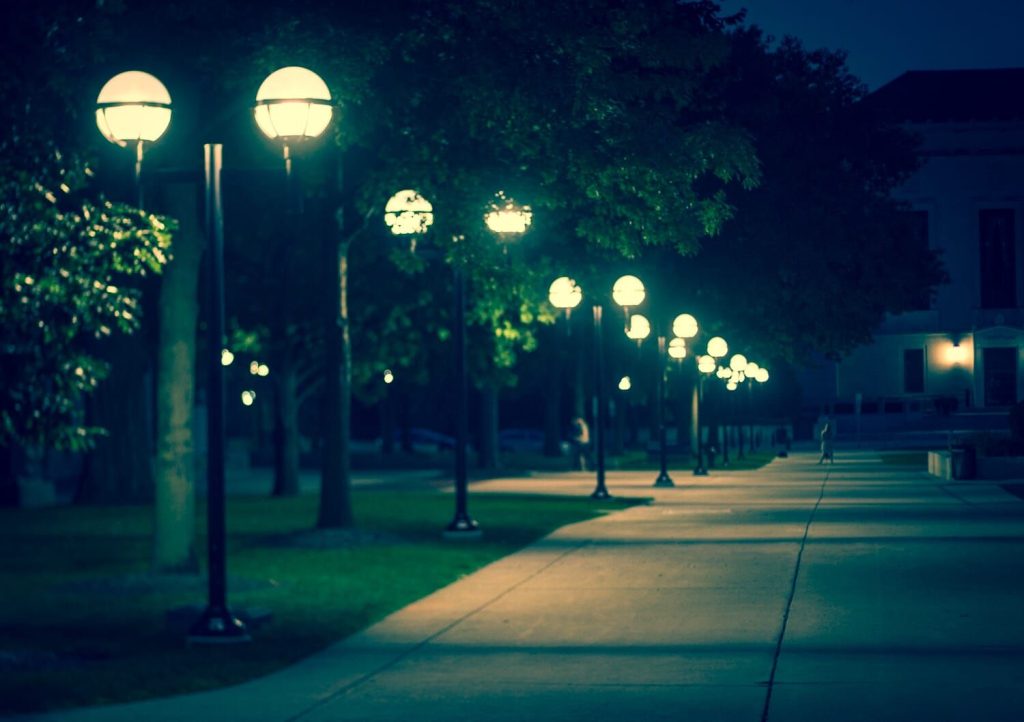
Smartphone Photography: Low-Light Techniques
Introduction
Smartphones have revolutionized the way we capture and share memories. The advancements in smartphone camera technology have made it possible for anyone to become a photographer, even in challenging low-light conditions. In this article, we will explore various low-light techniques that can help you capture stunning photos with your smartphone, turning mundane moments into works of art.
1. Understand your smartphone camera
Before diving into low-light photography, it is crucial to understand the capabilities and limitations of your smartphone camera. Different smartphones have varying camera specifications, including sensor size, aperture, and image processing algorithms. Familiarize yourself with your device’s settings and manual controls, if available, to make the most of its features.
2. Take advantage of available light sources
When shooting in low-light situations, look for available light sources to illuminate your subject. Natural light, such as street lamps, candles, or even the moon, can add an artistic touch to your photos. Experiment with the placement and position of your subject relative to the light source to create unique shadows and highlights.
3. Use the exposure compensation feature
Smartphone cameras often struggle to accurately expose a scene in low-light conditions due to limited dynamic range. Taking advantage of the exposure compensation feature allows you to manually adjust the brightness level of your photo. Increase the exposure to brighten up a dark scene or decrease it to capture more details in brightly-lit areas.
4. Avoid using flash unless necessary
In dimly lit environments, it may be tempting to rely on the built-in flash of your smartphone. However, using flash can often result in harsh lighting, unnatural colors, and unwanted shadows. Instead, try to explore other low-light techniques before resorting to flash photography. If flash is necessary, consider diffusing it with a small piece of tissue or using an external flash attachment for more control.
5. Steady your smartphone
Stability is key when capturing photos in low-light situations, as any hand movement can result in blur or unwanted motion. To combat this, consider using a tripod or other stabilizing tools designed specifically for smartphones. If a tripod is not available, try bracing your smartphone against a stable surface or using your surroundings as a support.
6. Experiment with manual controls and apps
For those smartphones equipped with manual controls, such as ISO, shutter speed, and white balance, don’t hesitate to explore these settings. Adjusting ISO and shutter speed can significantly improve low-light photography by reducing noise and capturing more light. Additionally, there are numerous photography apps available that offer advanced features and editing options specifically tailored for low-light photography. Research and try out different apps to enhance your smartphone photography abilities.
7. Edit with precision
Post-processing plays a significant role in enhancing low-light photographs. Use editing software or apps to fine-tune your images. Adjust the exposure, contrast, and shadows to bring out details and create a visually appealing composition. However, be cautious not to over-process the image, as it may result in an unnatural and artificial appearance.
Conclusion
Smartphone photography has opened up a world of possibilities, allowing us to capture memorable moments even in challenging low-light conditions. By understanding your smartphone camera, utilizing available light sources, experimenting with manual controls and apps, and mastering post-processing techniques, you can elevate your low-light photography skills to the next level. So, go out there and capture the beauty of the night with your smartphone!

